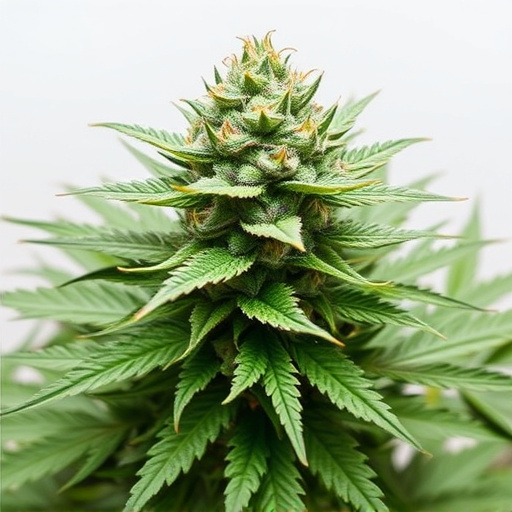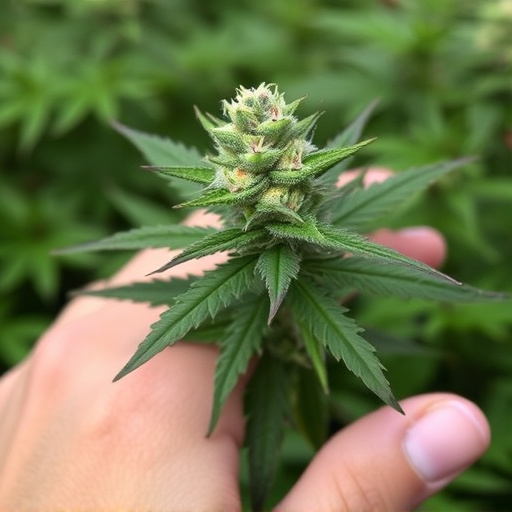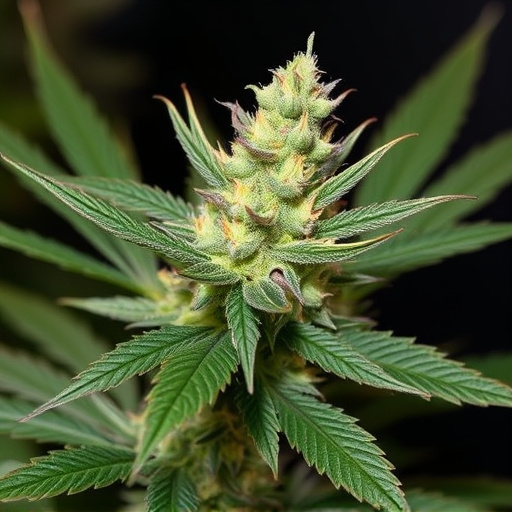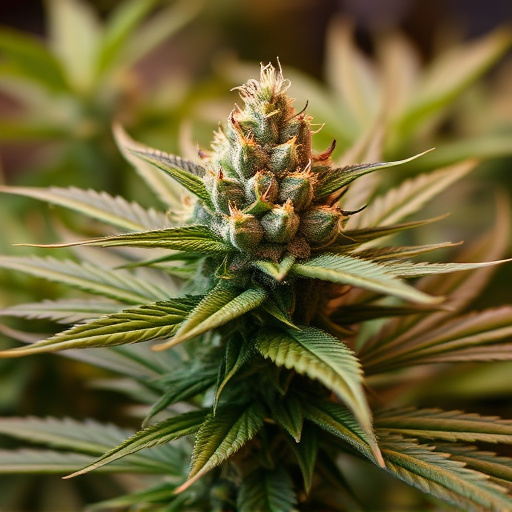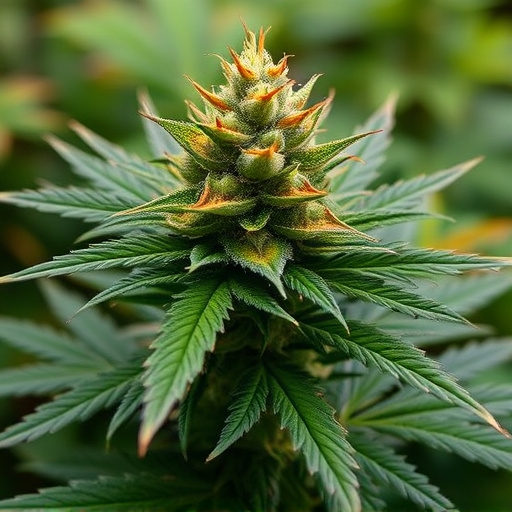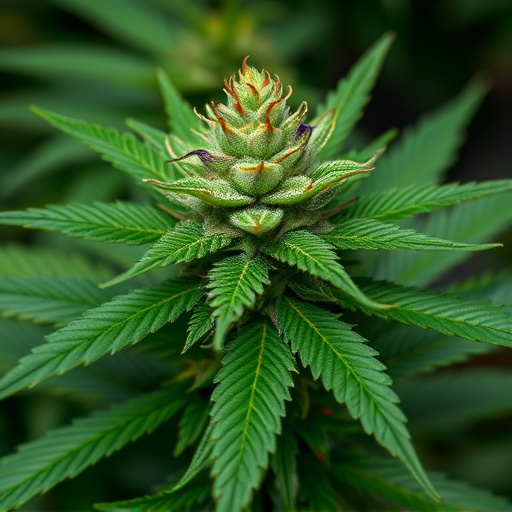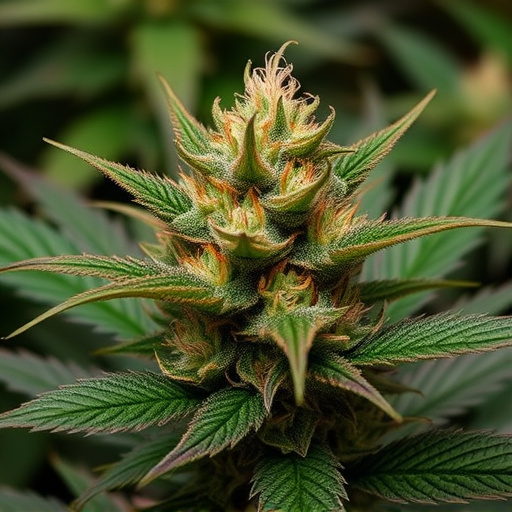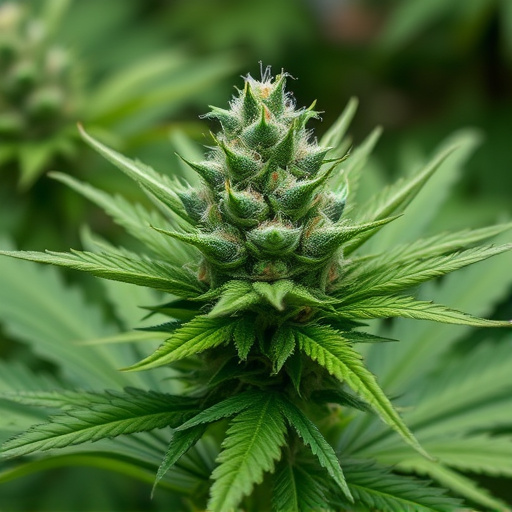The unique genetic makeup of cannabis plants, including cannabinoid content and terpene profiles, significantly determines their potency and effects. Researchers have identified genetic markers for higher cannabinoid concentrations, enabling cultivators to create powerful strains tailored to various therapeutic and recreational needs. Environmental factors like soil composition, climate, and cultivation techniques also impact cannabinoid levels, with optimal conditions enhancing THC and CBD concentrations in high-THC strains sought after for intense experiences. Individuals' biology varies, affecting their response to different cannabis strains, so understanding metabolism, body weight, and fat content helps users select the most potent cannabis strains for safe and enjoyable experiences with optimal results.
Cannabis effects vary widely, even among individuals consuming similar strains. This is because several factors interplay, shaping each user’s experience. From the genetic composition and terpene profile of a strain, which determine its potency, to environmental influences on growth and cultivation, every aspect contributes. Moreover, individual biology plays a crucial role; tolerance levels and personal metabolism alter how the body processes cannabis. Understanding these factors is key to navigating the diverse effects, especially when seeking the most potent cannabis strains for specific purposes.
- Genetic Composition and Terpene Profile: Unlocking the Potency of Cannabis Strains
- Environmental Factors: From Soil to Final Product
- Individual Biology and Tolerance: Personalizing Cannabis Experience
Genetic Composition and Terpene Profile: Unlocking the Potency of Cannabis Strains

The genetic composition and terpene profile of cannabis plants play a pivotal role in determining their effects and overall potency. Each strain possesses a unique combination of cannabinoids, such as THC (tetrahydrocannabinol) and CBD (cannabidiol), along with hundreds of terpenes that contribute to its aroma and flavor. These compounds interact synergistically, enhancing or moderating each other’s effects.
Researchers have identified specific genetic markers associated with higher cannabinoid concentrations, which can lead to more potent strains. Terpenes like myrcene, limonene, and pinene not only provide distinct scents but also modulate the psychoactive experience. For instance, myrcene is known for its sedative properties, making it a key component in strains that induce relaxation and sleep. Understanding these genetic and chemical interactions allows cultivators to develop and select the most potent cannabis strains, catering to various therapeutic and recreational preferences.
Environmental Factors: From Soil to Final Product

The environment in which cannabis plants are grown plays a significant role in determining their final effects. Soil composition, climate, and cultivation techniques all contribute to the plant’s bioactive compound profiles. For instance, cannabis grown in nutrient-rich, well-drained soil tends to have higher levels of cannabinoids like THC and CBD. Climate conditions, such as temperature and humidity, can also impact the plant’s growth rate and cannabinoid concentrations.
When it comes to identifying the most potent cannabis strains, environmental factors are key. Strains known for their high THC content, often sought after for their intense effects, typically originate from regions with optimal growing conditions. These include areas with ample sunlight, consistent temperatures, and well-managed irrigation, which allow for robust plant growth and the development of powerful cannabinoids. Understanding these environmental influences is crucial for both cultivators aiming to produce top-tier strains and consumers seeking the most potent and desirable cannabis products.
Individual Biology and Tolerance: Personalizing Cannabis Experience
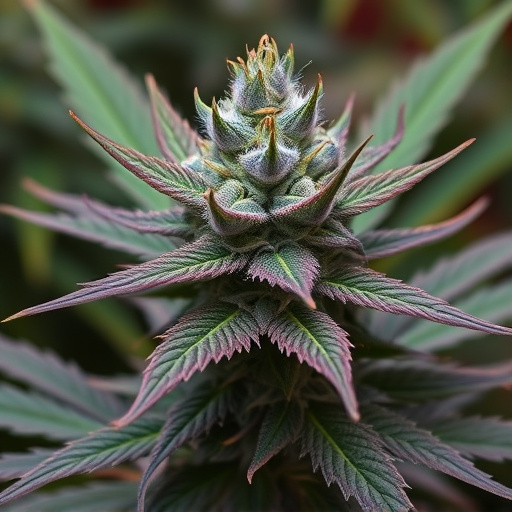
The experience of cannabis can be deeply personalized, with individual biology playing a significant role in determining how one might react to different strains. Everyone’s body processes cannabis differently due to genetic factors and overall health, leading to varying levels of potency and effects. For instance, some individuals may have a higher tolerance, requiring stronger, more potent cannabis strains to achieve desired results, while others may experience profound effects from even low doses.
Understanding one’s unique biology is key to personalizing the cannabis experience. Factors like metabolism, body weight, and fat content can influence how quickly and thoroughly cannabinoids are absorbed and distributed throughout the body. This knowledge allows users to make informed choices about strain selection, dosage, and consumption methods, ensuring a safe and enjoyable experience with the most potent cannabis strains tailored to their needs.
Understanding the intricate factors that shape cannabis effects, from genetic composition and environmental influences to individual biology, is key to unlocking the full potential of this complex plant. When considering the most potent cannabis strains, it’s essential to recognize that their potency is not solely determined by genetics but also by how they interact with our unique bodies. By delving into these factors, consumers can make informed choices, ensuring a personalized and optimal cannabis experience tailored to their preferences and needs.
